Lawson's cypress: description, popular varieties and care rules
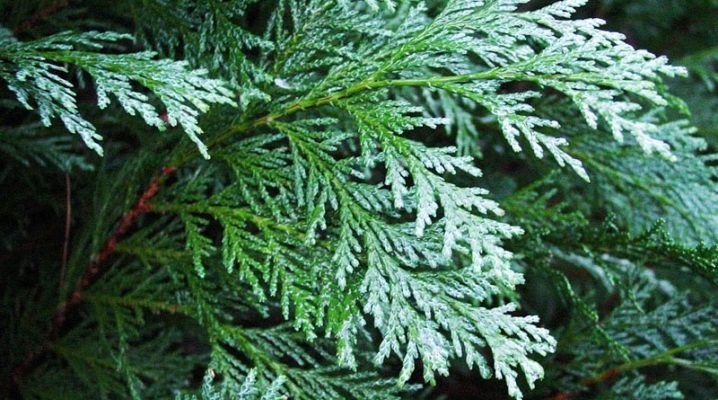
Coniferous crops have been actively used in landscape design for a long time. They also decorate winter gardens and greenhouses. One of the popular ornamental plants is the low Lawson cypress trees.
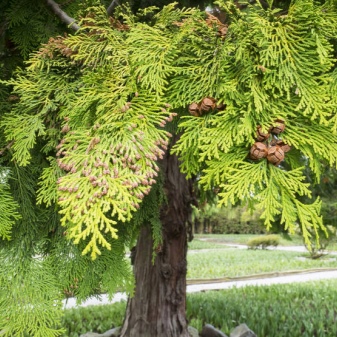
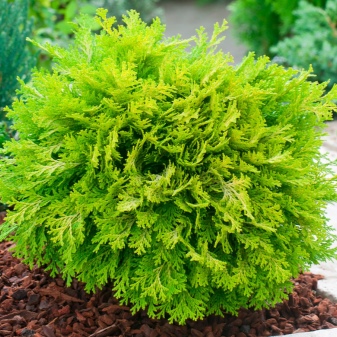
Description
This type of cypress grows about 3.5 meters. The diameter of the compact conical crown is up to 120 cm. The green needles on the tree cast a bluish tint. The growth of flat branches is directed upwards.
The tree grows no more than 5 cm per year. The culture differs from cypress in its smaller growth, but greater frost resistance. And there are also external differences: small cones grow on a cypress tree, each scale of which contains two seeds.
The origin of the coniferous culture is North America. Among cypress trees, the tree is considered the most decorative. Scaly dark brown bark and needles with the same texture. Branches are formed from the very bottom of the trunk.
The plant is flowering. At the ends of its shoots, flowers develop simultaneously: red male and greenish female.
Flowering occurs in the spring. Then comes the bud formation phase. At first, the rounded young fruits are green, and closer to autumn they ripen and acquire a brown tint. The buds open up, releasing many winged seeds.
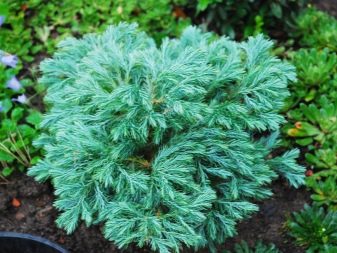

Popular varieties
This coniferous species has the greatest variety of varieties.
- Columnaris. An ornamental tree growing up to 10 m. A ten-year-old specimen grows up to 3 m. In a year, a coniferous culture can grow by about 20 cm. Narrow crown-shaped crown, scaly needles of gray-blue color. This variety is resistant to low temperatures and loves to be in the light.
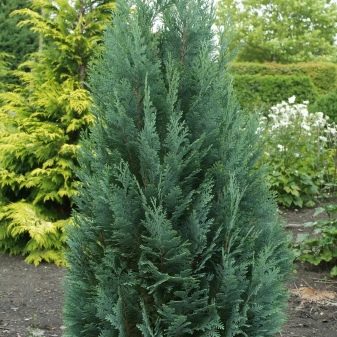
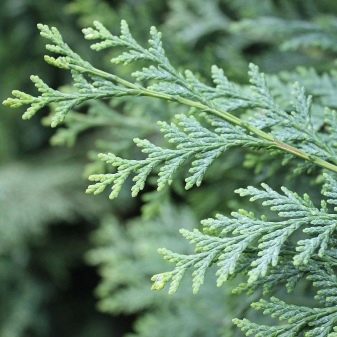
- White Spot. A small tree for outdoor and home decor. The height of a ten-year-old specimen of the White Spot variety is almost 2 m. It is characterized by slow growth. It adds 15 cm annually. Thin branches are covered with green needles with a bluish tint. They are distinguished by strong branching. Cones are spherical with a reddish tint.
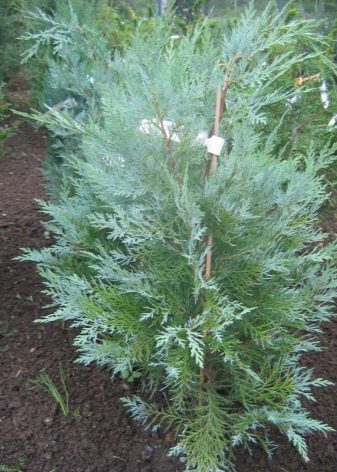
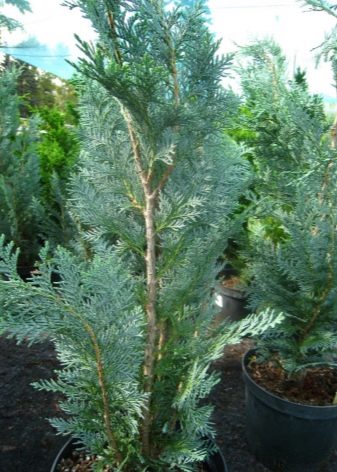
- Pelts Blue. A spectacular variety of shrub with blue needles, reaching 3 m in maturity. The variety is quite frost-hardy, preferring open spaces. Suitable for single plantings and landscape.
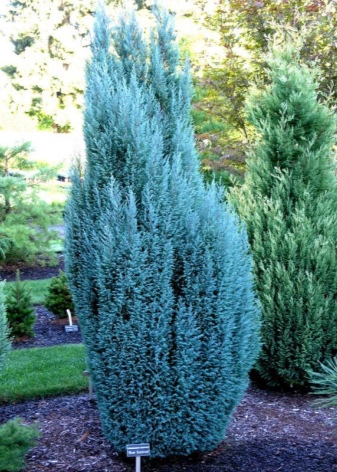
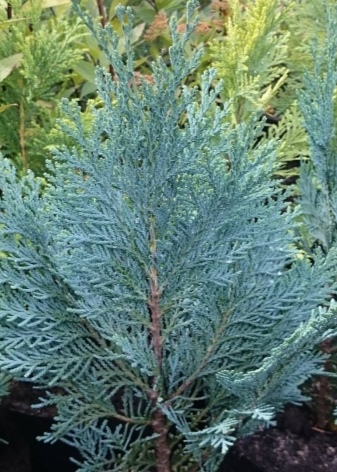
- "Cream Glow". A very attractive variety of cypress. Does not grow above 2 m. The pyramidal crown is up to a meter in diameter. A tree with needles of a golden-green hue looks spectacular in mixed plantings, against the background of dark green deciduous crops. "Cream Glow" loves the sun, but tolerates frost steadily.
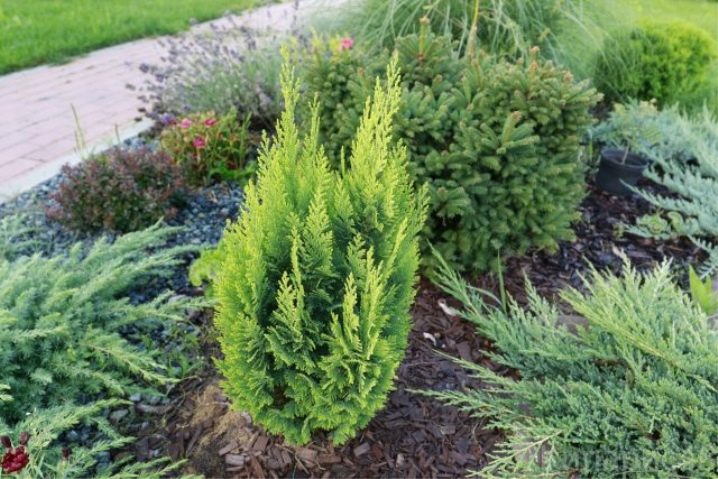
- "Alumigold". A compact variety for decorative plantings. The height does not exceed 3 m. The crown is formed from thin branches growing densely and often, cone-shaped. The needles of a tree of this variety are yellow-green. Active growth, up to 25 cm per year. "Alumigold" is considered to be frost-resistant, but in the harsh and little snow winter months it freezes, which affects the "rusting" of the needles.
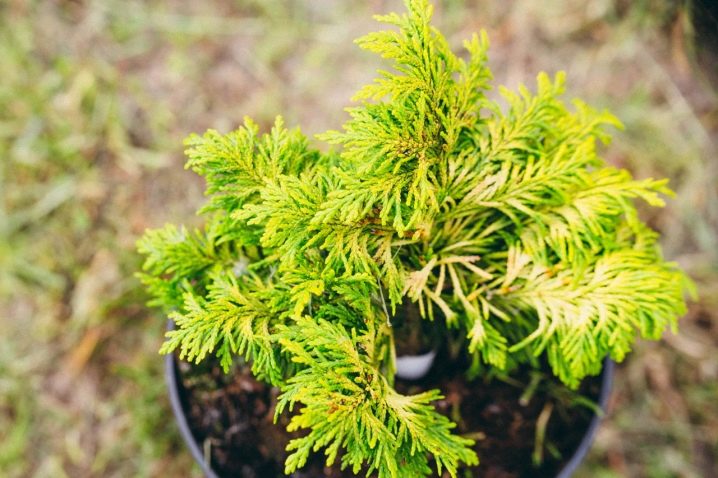
- Golden Wonder... Slender low tree. A ten-year-old specimen grows no more than two meters. Dense branches form a compact crown, similar in shape to a cone. The needles are of a traditional golden yellow color, which is not lost in the winter season. Golden Wonder is suitable for mass planting and for decorating living fences.
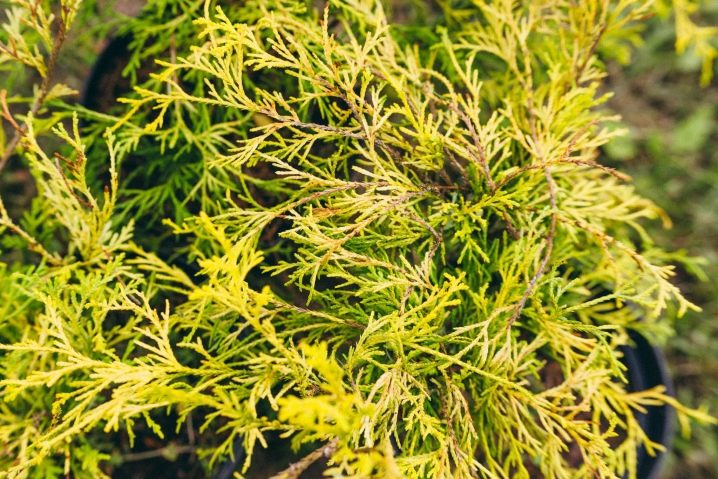
- "Blue Surprise"... A spectacular cypress tree of 3 meters in height with a dense pyramidal crown.And also the variety is distinguished by scaly needles of a rich blue tone with a silver roll. Differs in resistance to low temperatures.
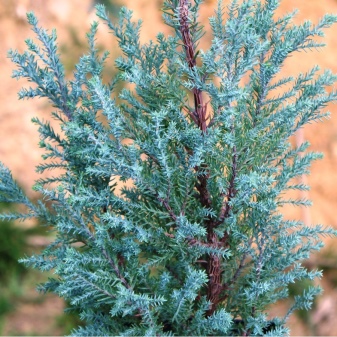
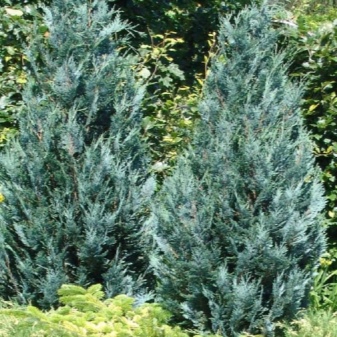
- Snow White... Decorative dwarf variety (1.20 cm), can be used both for indoor and outdoor landscape design. The diameter of the oval crown is only about 60 cm. The needles are green-blue, shimmering with silver. In young specimens, it is bright green.
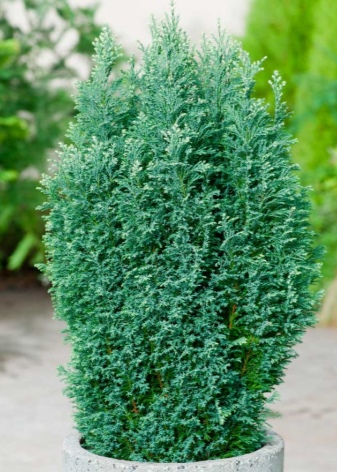

- "Globoza". Dwarf variety (up to 1.5 m). The spherical crown reaches up to 60 cm in diameter. The needles of a cypress of this variety are light green, scaly. It is preferable to grow the variety in places where there is sufficient sunlight. The plant is suitable for creating borders, decorating stone gardens and rock gardens.
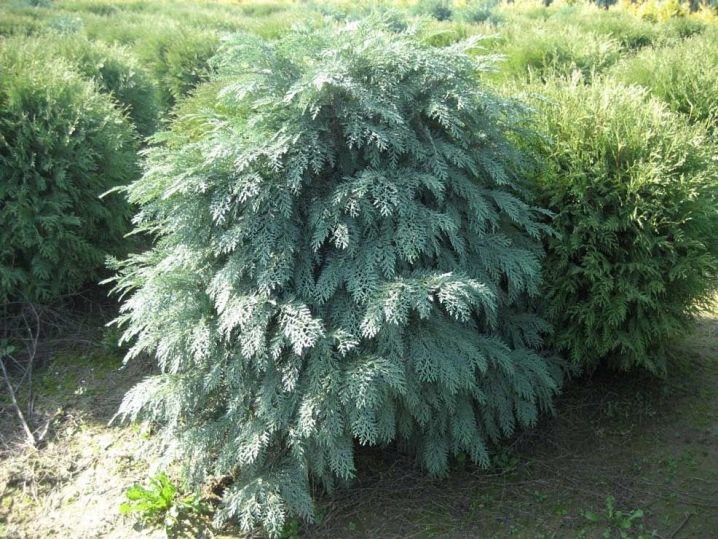
- Yvonne. An interesting variety with a golden crown. The height of a grown tree is not higher than 3 m. Cones on small shoots of pink or yellow shades. The bark on the trunk is brownish-red. The variety loves sunlight and tolerates frost well. It can freeze slightly when it is cold and with little snow, reacting with a change in the color of the needles towards an orange hue.

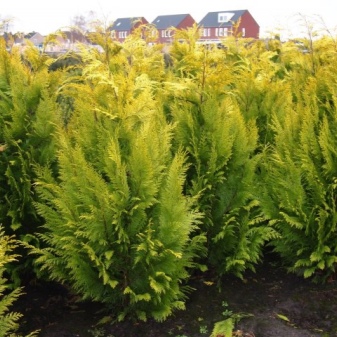
- "Stardust". Coniferous culture, growing up to a maximum of 10 m. The pyramidal crown is loose, dense, up to 4 m in diameter. The needles are yellow-green, with soft scales. In the shade, it turns into a bright green with a golden tint. The variety is widely used in landscape design: as a component of group and single plantings of decorative compositions of a mixed type, hedges.

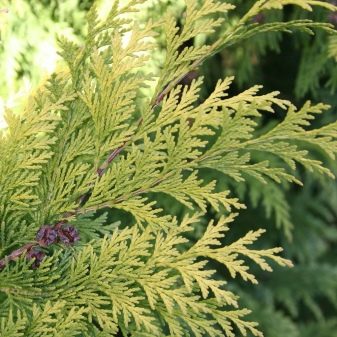
- Vissely. Tall tree, growing up to 5-10 m. Crown shape in the form of a "skittle", dark green with a gray bloom. The variety is frost-resistant, easy to care for. Cypress "Visseli" will effectively decorate the garden.
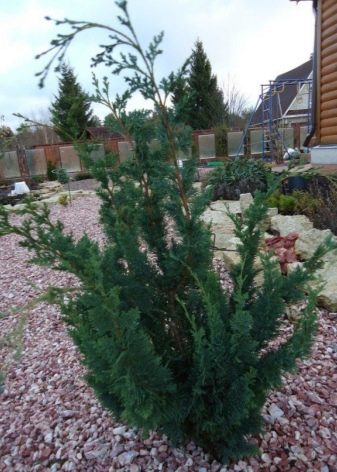
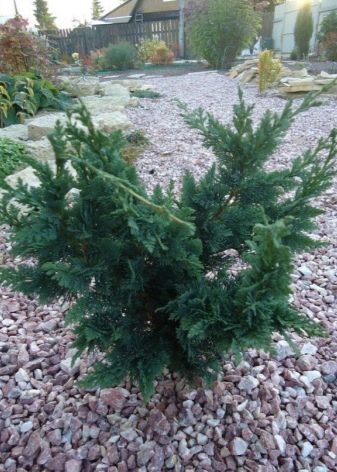
- Elwoody. A small tree (1.5 m) with a rounded crown top. The color of the needles differs in seasonality: in summer it is blue-green, and in winter it is gray-blue. Ellwoodii winters poorly and needs protection from the wind.
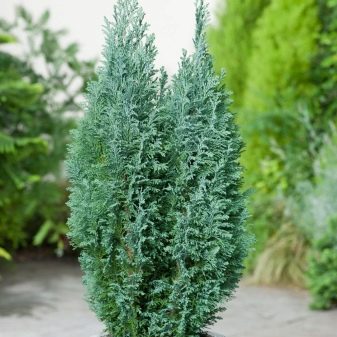

Landing
The most popular cypress varieties have no special requirements for growing conditions. This influenced the popularity of these coniferous crops in our latitudes. They can grow on any soil and tolerate a temperate winter climate well. In winter they quickly adapt to room conditions. The plant is capable of growing at temperatures no lower than 25 ° C. At the same time, the air humidity is assumed to be high.
Cypress trees with green needles are best in slightly shaded areas. Such varieties are sensitive to the sun, direct exposure to rays can leave burns on young shoots.
Plants with a gray, yellow and blue crown perceive the sun without losing the color of the needles.
Cypress trees are sensitive to cold airflow. It is advisable to plant trees in places that are not blown by northern winds. The culture grows well and develops in a fertile substrate, fertilized with a significant amount of peat with sand and humus.
The soil is needed permeable, because stagnant moisture entails the formation of rot on the roots. For conifers, moderately acidic or slightly acidic sandy soil is preferable. (pH up to 6). It grows weakly on clay and limestone soil and is often sick. Drought is also difficult for the plant.
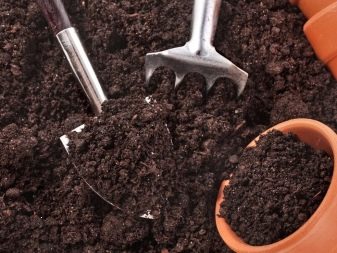
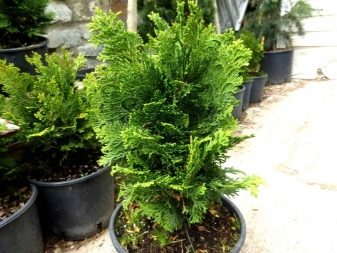
Care
For active growth and a beautiful appearance, you need to take good care of the cypress tree. In general, it is unpretentious, but demanding on the peculiarities of its place of growth. Coniferous culture will actively develop if this place meets the following characteristics:
- protection from winds;
- south-facing;
- the presence of high-quality drainage.
Having decided on the planting site, if possible, you need to measure the pH level of the soil. This is done with a special device. For a sandy substrate, the minimum pH is four.
If it is less, ash should be added to the soil. The pH value should not exceed 5.5. If the level is higher, peat is mixed into the soil, or needles are introduced.
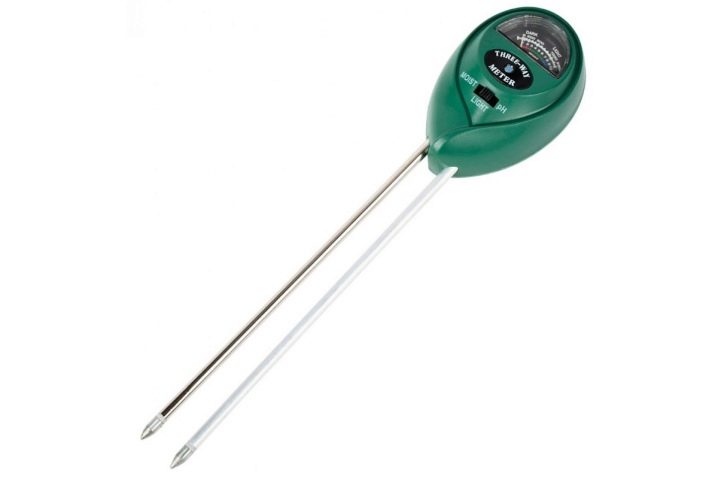
Caring for a coniferous cypress depends on the season.
- Summer. In hot climates, the plant needs mineral feeding once every month, as well as mulching and loosening the topsoil near the trunk circle. In addition, abundant and constant watering is required (10 buckets per bush). It is better for a young plant to be in the shade. It is advisable to spray it with warm, settled water.
- In the spring. In the spring season, the plant is rid of all dry, damaged branches, provides it with mineral feeding, and forms a crown as needed.
- Autumn winter. It is important to protect young shoots from frost by covering them for the winter. Although cypress trees are mostly frost-resistant, in winter it is better for them to provide insurance in the form of a barrier from the wind and cold. Suddenly, the winter will be with little snow, and the plant will freeze on the street. Hypothermia can lead not only to a change in the color of the needles, but also to the death of Lawson's cypress.
Some varieties are successfully grown at home, adhering to basic care rules.
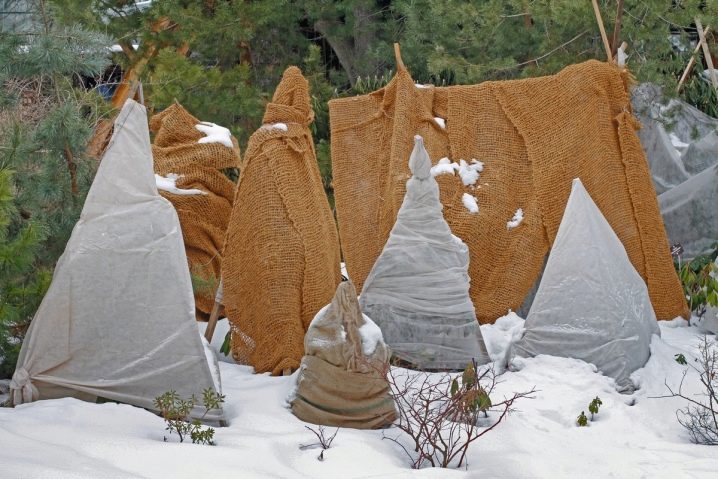
A perennial potted plant needs a resting phase during the cold season. At home, a cypress tree is comfortable when the air temperature is from + 5 ° C to + 10 ° C. These are optimal indicators for the well-being of the plant.
The humidity level is maintained at least 70%... If the air is drier, the plant must be additionally irrigated with a spray bottle.
In terms of volume, a pot with a tree should be selected in accordance with the diameter of the root ball. The grown perennial needs replacing the planting container. The new container must be more by 2 cm. The transplant is carried out by the transshipment method, preventing the violation of the integrity of the root system.
The cypress needs to be provided with natural light. Once a month, they change the position of the plant by turning it. Water a coniferous tree in accordance with the general rules for caring for coniferous cypress trees.

Reproduction methods
An increase in the number of cypress trees is possible by different methods. Each gardener chooses the appropriate option himself. You can propagate a perennial plant using:
- cuttings;
- seeds;
- overgrowth;
- layering.
Most gardeners tend to graft. In the spring, young cuttings about 35 cm long are cut off from a cypress tree and placed in a humid environment, where peat, coconut substrate or sphagnum are introduced.
A film with small holes for ventilation is stretched over the pots with cuttings. The "greenhouse" is placed in the shade.
Young cuttings are distinguished by great vitality, the roots appear very quickly - and the seedlings can be planted in a place of constant growth.
For planting, a pit is built a meter deep and about 70 cm wide. At the bottom of the pit, a drainage layer of 20 cm is equipped. The pit is filled with a mixture of sand, humus, peat and leafy soil along the depth of the rhizome of the sprouted cutting. Then the plant is placed in the center of the pit and covered with earth. The final step is watering. Sprinkle the root system with soil entirely.
Gently compacting the soil around the seedling, it is watered again, and after that the near-trunk circle is sprinkled with a dry portion of the earth. It is recommended to temporarily cover a young tree with a film with ventilation.
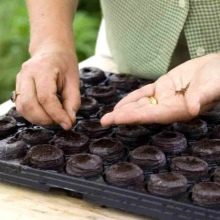

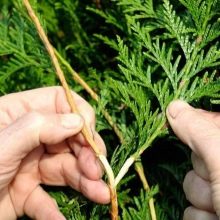
The seed propagation method for this coniferous culture is quite laborious. Seeds are harvested in the fall when the buds open. They are planted in the spring, previously prepared in a certain way.
First, the seeds are soaked in water or Epin solution for a period of 2 to 6 hours. Then for 2 months it is placed in a moistened sandy substrate. There they should be at t from + 5 ° C to + 7 ° C.
Stratification begins in February-March, and the time for planting is April or May. The sprouts appear in the middle of summer. After that, young shoots are planted in a permanent place, providing them with light shading from directed sunlight.
Some gardeners practice winter stratification under the snow. For this, the seeds prepared in the fall are sown in containers with a substrate, then they are put out to winter on the street.In the spring, the pots are set in a warm place until they emerge.
Getting cuttings is a simplified propagation method. A notch is made on the side shoot. A chip is placed in this slot. Then the branch is bent down and buried in the area of the notch. In order for the roots to hatch in this place, the soil must be constantly moistened.
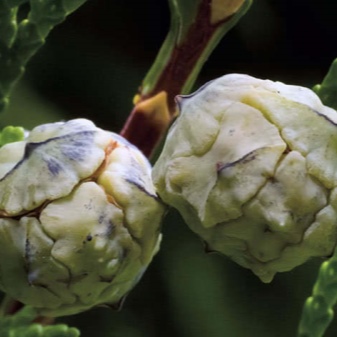
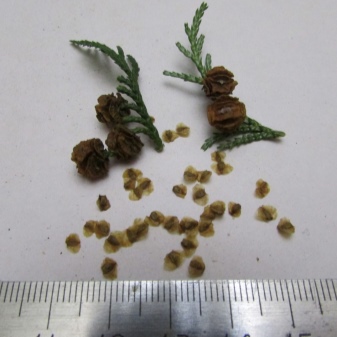
Diseases and pests
The plant is resistant to insect pests and diseases. But he does not manage to avoid all misfortunes.
- Shields. An amazingly tenacious bug thanks to its durable shell. But insecticides may well defeat this foe. Means "Aktara", diluted according to the instructions, will save the tree from the scale insects.
- Spider mites. They populate the bottom of the needles, sucking the juices from it and braiding it with a thin web. Dealing with them is not easy. But the same insecticides, such as, for example, "Aktara" or "Karbofos", will cope with the enemy in a matter of days.
Root rot is the most common among cypress diseases. Having appeared on the roots, after a certain period it infects the plant, bringing its death closer.
Stagnation of water in the roots contributes to the development of the disease. Therefore, you need to ensure that the soil is not waterlogged. The disease is initially treated with root fungicides. You will need to transplant the tree into a new substrate.
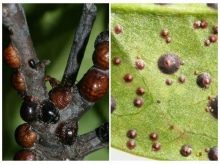
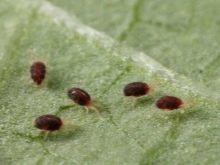
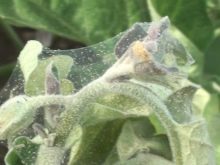
Cypress trees are the most attractive of coniferous perennials. Looks great alone or in a group with other plants. Often found as components of hedges, as they tolerate pruning well. They are often decorated with alpine slides, planting spectacular trees in the ground or voluminous pots.
Places of public festivities are also decorated with cypress trees: alleys, parks and squares. The plants have good endurance characteristics, a pleasant and varied color range of needles, various forms. All this favors the fact that Lawson's cypress is so popular among gardeners.
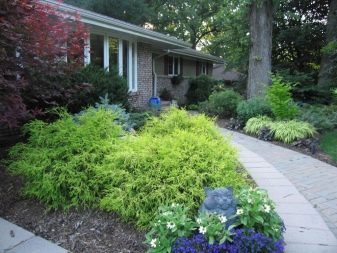
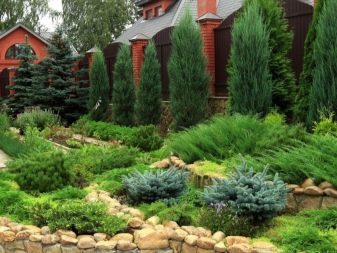
For more information on cypress trees, see below.































































The comment was sent successfully.